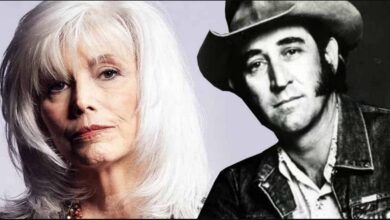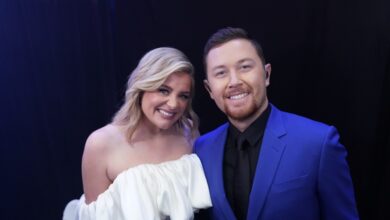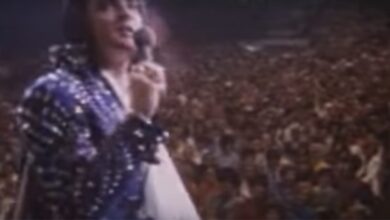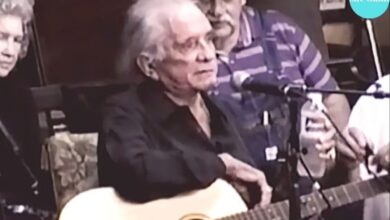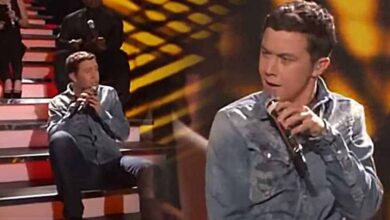Ben Haggard: Reviving His Father’s Melodies and Beliefs
Ben Haggard, son of the legendary Country Singer Merle Haggard, has taken on the mantle of preserving his father’s musical legacy. His YouTube channel serves as a digital memorial, showcasing a selection of personal performances that Ben has delivered. Among these, a standout piece is his rendition of the iconic hymn, “Where No One Stands Alone.” In these videos, Ben is often seen seated, armed only with his guitar, delivering performances that are quintessentially Country in their purest form. His approach to music reflects a deep connection to his father’s heritage, keeping Merle Haggard’s memories vibrant and alive for fans old and new.
The hymn “Where No One Stands Alone” traces its origins to the 1950s, penned by the renowned hymn writer Thomas Mosie Lister. The song’s theme delves into the profound emptiness of life without the presence of Jesus. Lister’s impact on gospel music was significant, earning him prestigious recognitions such as induction into the Gospel Music Hall of Fame in 1976 and the Southern Gospel Music Association in 1997. His work has left an indelible mark on the genre, influencing generations of musicians and listeners alike with its soulful message and lyrical depth.
The hymn first gained widespread attention with its commercial recording by the Statesmen Quartet in 1955. This initial rendition paved the way for numerous other Southern Gospel artists to interpret the song, including the Blackwood Bros. Quartet in 1956, The Jordanaires in 1959, and the Cathedral Quartet in 1966. Each of these groups brought their unique style and interpretation to the hymn, enriching its history and expanding its reach within the gospel music community.
“Where No One Stands Alone” also captivated mainstream country artists, leading to its inclusion in various albums across the decades. Notable renditions came from Don Gibson in 1958, Loretta Lynn in 1965, and a collaboration between Elvis Presley, The Jordanaires, and The Imperials Quartet in 1967. Later, Ferlin Husky in 1968, Merle Haggard himself in 1981, and a collaboration between Alison Krauss and The Cox Family in 1994 added their voices to the hymn’s enduring legacy. This cross-genre appeal showcases the hymn’s universal message and its ability to resonate with a wide audience, transcending the boundaries between gospel and country music.

